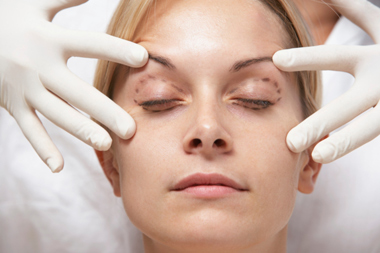Many people get cosmetic procedures for aesthetic reasons; they don’t like how something looks, so they change it. Other cosmetic procedures are necessary for things like repairing ptosis, which essentially means drooping eyelids. This is not the same as sagging eyelids; ptosis a medical condition that causes drooping of the lower or upper eyelid. It occurs when the muscles that raise your eyelid do not have the strength to do so properly. If you suffer from ptosis and it goes untreated long enough, it can cause other conditions such as astigmatism or amblyopia, better known as “lazy eye.” While this condition is more common with the elderly, children need to be treated for this right away, so it doesn’t interfere with the development of their vision.
Most of the time upper eyelid surgery, lower eyelid surgery, and even ptosis surgery will not be covered by your insurance. However, if your ptosis is severe enough insurance coverage may be offered. Your surgeon will need to determine that your vision is hindered, and that no other alternative will alleviate the condition. The main reason ptosis is a problem is that it can severely affect your peripheral vision due to baggy upper eyelids. Ptosis surgery is an eyelid surgery that requires minimal sedation, because patient participation is required during the procedure. This cosmetic procedure is often done in conjunction with blepharoplasty, which allows the Miami cosmetic surgeon to have a better view of the tendons in question to resolve ptosis.

The advantages of having both ptosis surgery and blepharoplasty procedure done together are immense. This is because ptosis usually causes a need for blepharoplasty surgery, if not done together you may not like the overall result, primarily from a cosmetic point of view. Having both done at the same time will require a longer healing time, so patients should be prepared for that. Ptosis surgery usually involves a three to six week recovery time, but may be extended to three to six months when combined with blepharoplasty.
